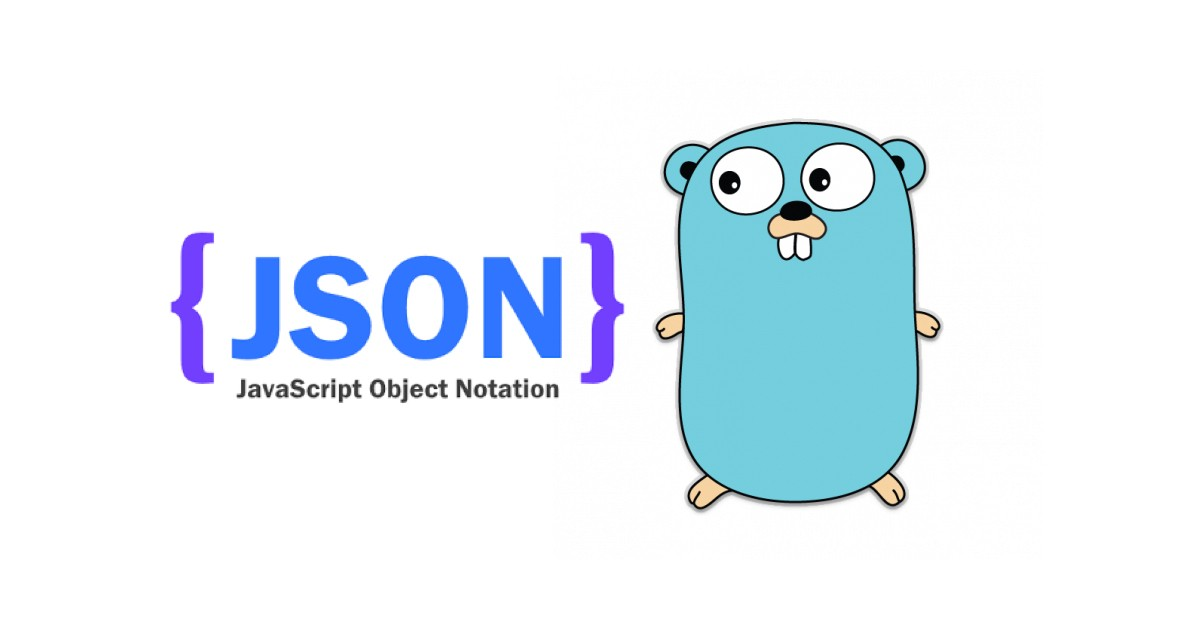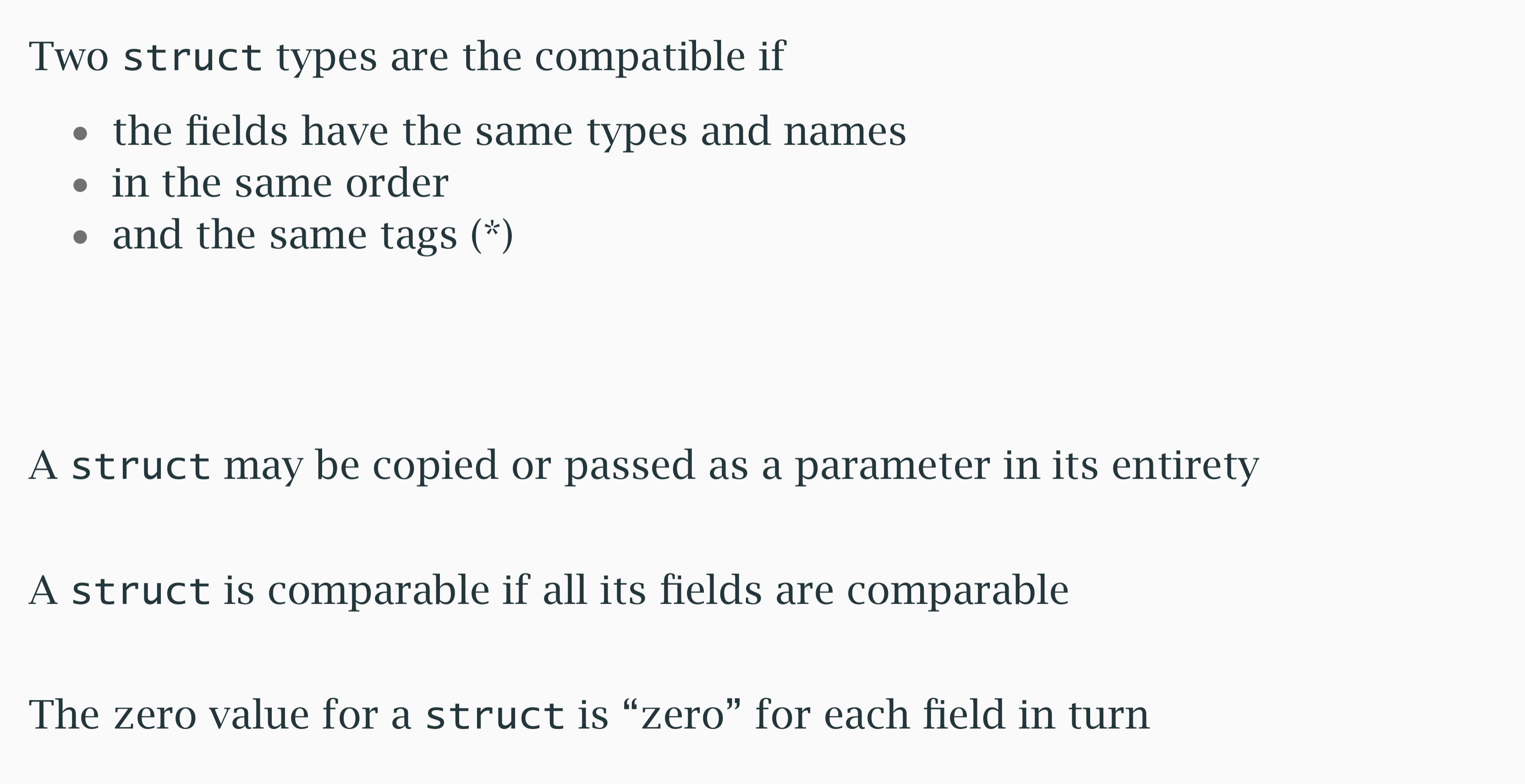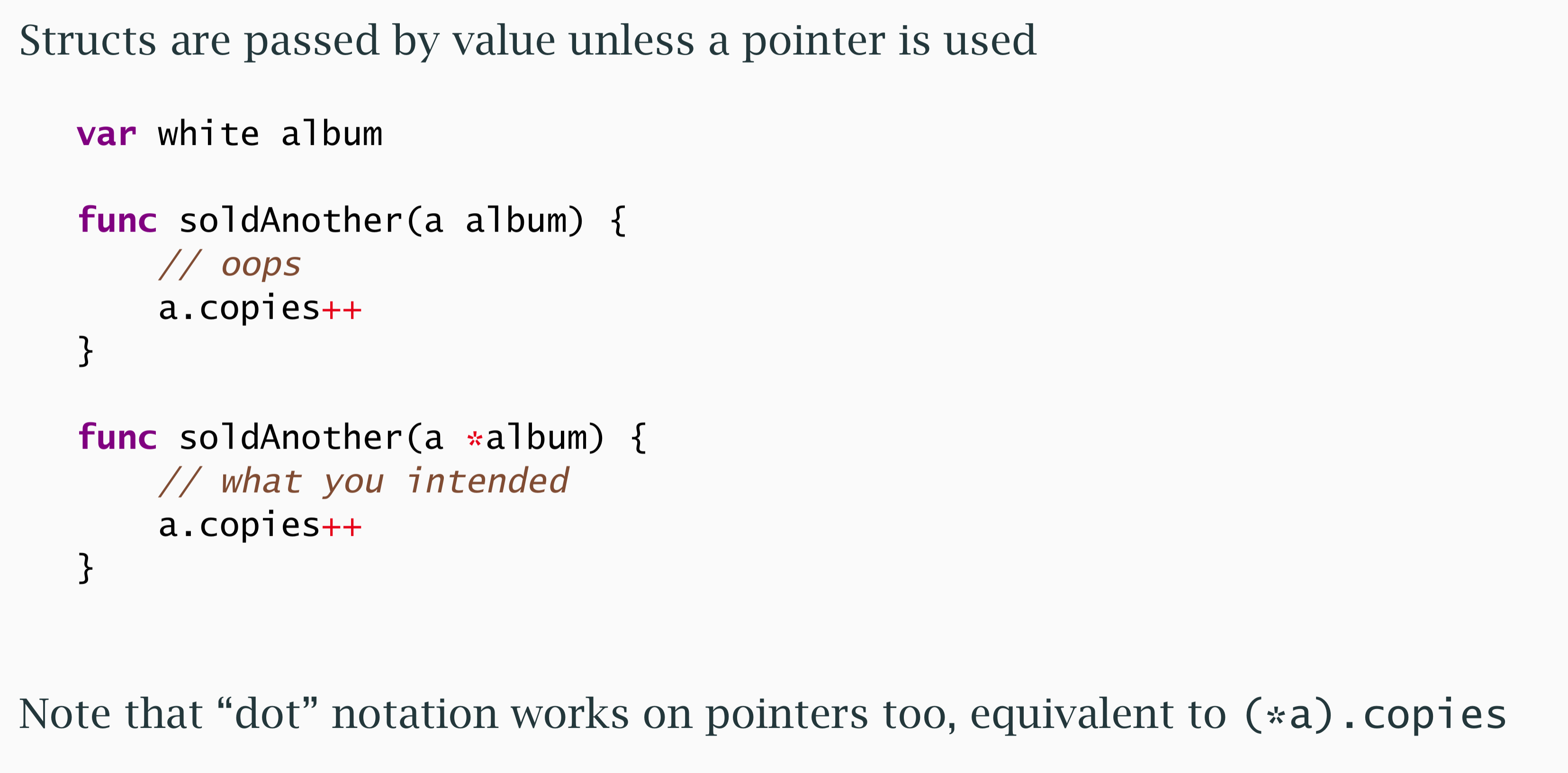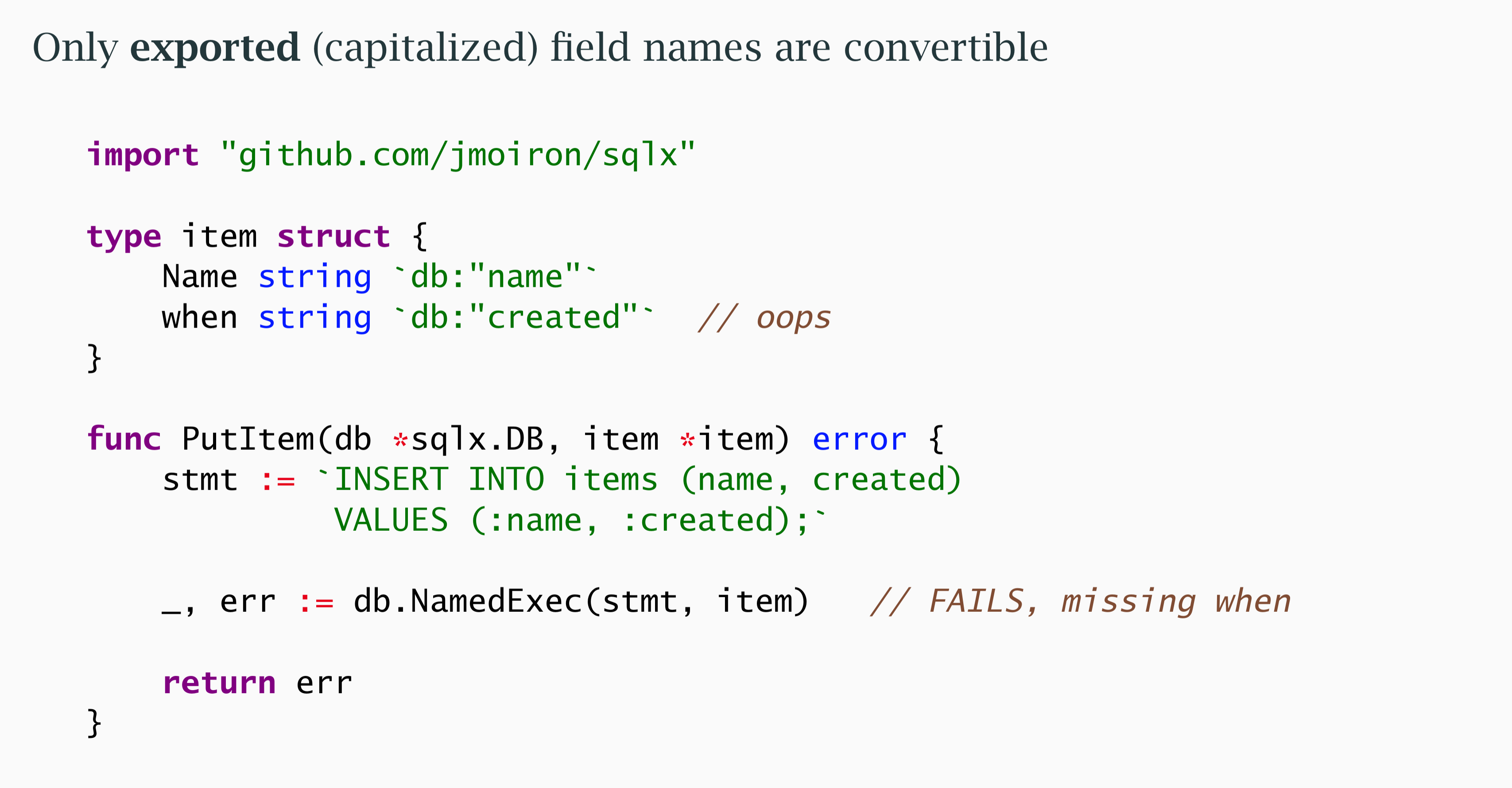Exploring Structs in Go and JSON Struct Tags
 Arya M. Pathak
Arya M. Pathak
Introduction
In this technical deep dive, we'll explore the concept of structs in Go, delve into how Go handles JSON, and examine the powerful feature of struct tags. Structs in Go are pivotal for creating complex data types, and struct tags play an essential role in controlling how Go's JSON package handles JSON encoding and decoding. We'll cover the following key points:
What are structs in Go?
Creating and manipulating structs.
Using pointers with structs.
JSON encoding and decoding with struct tags.
Understanding Structs
A struct in Go is a composite data type that groups together variables under a single name. These variables, known as fields, can be of different types.
Basic Struct Example
Here's a basic example to demonstrate the creation and initialization of a struct:
package main
import (
"fmt"
)
type Employee struct {
Name string
Number int
Hired string
Boss *Employee
}
func main() {
// Creating an empty Employee struct
var e Employee
fmt.Printf("%+v\n", e)
// Initializing fields using dot notation
e.Name = "Matt"
e.Number = 1
e.Hired = "2024-07-29"
fmt.Printf("%+v\n", e)
// Creating a struct literal
e2 := Employee{
Name: "Lamine",
Number: 2,
Hired: "2023-05-16",
Boss: &e,
}
fmt.Printf("%+v\n", e2)
}

Pointers and Nested Structs
Using pointers in structs is crucial for creating hierarchical relationships, such as an employee having a boss, where the boss is also an employee.

Example with Pointers
package main
import (
"fmt"
)
type Employee struct {
Name string
Number int
Hired string
Boss *Employee
}
func main() {
// Creating Employee structs
boss := &Employee{
Name: "Alice",
Number: 1,
Hired: "2020-01-01",
}
employee := &Employee{
Name: "Bob",
Number: 2,
Hired: "2021-02-02",
Boss: boss,
}
// Displaying employees
fmt.Printf("%+v\n", *boss)
fmt.Printf("%+v\n", *employee)
}
What Are Struct Tags?
Struct tags are strings that provide metadata for struct fields. They are enclosed in backticks and follow a specific format. Here's a simple example:
type Response struct {
Page int `json:"page"`
Words string `json:"words,omitempty"`
}
In this example, the struct Response has two fields: Page and Words. The struct tags json:"page" and json:"words,omitempty" provide information on how these fields should be handled when converting to and from JSON.
Struct Tag Format
The format of a struct tag is typically:
`key:"value"`
You can have multiple key-value pairs separated by spaces. For example:
`json:"page,omitempty" xml:"page"`
Go doesn't prescribe what the keywords are, but certain libraries, such as the encoding/json package, understand specific keywords like json.
JSON Encoding with Struct Tags
Struct tags are commonly used for JSON encoding and decoding. Let's see how it works with an example.
Example: Encoding a Struct to JSON
Here's a Go program that demonstrates encoding a struct to JSON:
package main
import (
"encoding/json"
"fmt"
)
type Response struct {
Page int `json:"page"`
Words string `json:"words,omitempty"`
}
func main() {
r := Response{
Page: 1,
Words: "Hello, World!",
}
jsonData, err := json.Marshal(r)
if err != nil {
fmt.Println("Error encoding JSON:", err)
return
}
fmt.Println(string(jsonData))
}
Output:
{"page":1,"words":"Hello, World!"}
In this example, the json:"page" tag tells the JSON encoder to use "page" as the JSON key for the Page field. The json:"words,omitempty" tag tells the encoder to use "words" as the key for the Words field and to omit it if the field is empty.
Example: Decoding JSON to a Struct
Let's decode a JSON string back into a struct:
package main
import (
"encoding/json"
"fmt"
)
type Response struct {
Page int `json:"page"`
Words string `json:"words,omitempty"`
}
func main() {
jsonData := `{"page":1,"words":"Hello, World!"}`
var r Response
err := json.Unmarshal([]byte(jsonData), &r)
if err != nil {
fmt.Println("Error decoding JSON:", err)
return
}
fmt.Printf("%+v\n", r)
}
Output:
{Page:1 Words:Hello, World!}
In this example, json.Unmarshal reads the JSON string and populates the fields of the Response struct based on the struct tags.
Omitting Empty Fields
The omitempty option in struct tags is useful when you don't want to include fields with zero values in the JSON output. Let's see how it works:
package main
import (
"encoding/json"
"fmt"
)
type Response struct {
Page int `json:"page"`
Words string `json:"words,omitempty"`
}
func main() {
r := Response{
Page: 1,
}
jsonData, err := json.Marshal(r)
if err != nil {
fmt.Println("Error encoding JSON:", err)
return
}
fmt.Println(string(jsonData))
}
Output:
{"page":1}
Here, since the Words field is empty, it is omitted from the JSON output.
Exported and Unexported Fields
In Go, only exported fields (those starting with an uppercase letter) can be encoded to JSON. Let's see what happens if we have an unexported field:
package main
import (
"encoding/json"
"fmt"
)
type Response struct {
page int `json:"page"`
Words string `json:"words,omitempty"`
}
func main() {
r := Response{
page: 1,
Words: "Hello, World!",
}
jsonData, err := json.Marshal(r)
if err != nil {
fmt.Println("Error encoding JSON:", err)
return
}
fmt.Println(string(jsonData))
}
Output:
{"words":"Hello, World!"}
Since page is unexported (starts with a lowercase letter), it is not included in the JSON output. Additionally, the Go vet tool will warn you if you have a struct tag for an unexported field, as it's likely a mistake.
Using Struct Tags for Databases
Struct tags can also be used for database operations. Here's an example with the gorm ORM:
package main
import (
"fmt"
"gorm.io/driver/sqlite"
"gorm.io/gorm"
)
type User struct {
ID uint `gorm:"primaryKey"`
Name string `gorm:"column:username"`
}
func main() {
db, err := gorm.Open(sqlite.Open("test.db"), &gorm.Config{})
if err != nil {
fmt.Println("Error connecting to database:", err)
return
}
db.AutoMigrate(&User{})
user := User{Name: "John Doe"}
db.Create(&user)
var retrievedUser User
db.First(&retrievedUser, user.ID)
fmt.Printf("%+v\n", retrievedUser)
}
In this example, the struct tags provide metadata for GORM, an ORM for Go. The gorm:"primaryKey" tag marks the ID field as the primary key, and the gorm:"column:username" tag specifies the column name in the database.

Conclusion
Structs in Go are powerful tools for creating complex data types, and understanding how to manipulate them is crucial for effective Go programming. This exploration of structs in Go provides a foundation for building robust and maintainable applications.
Struct tags in Go are a powerful feature that allow you to add metadata to struct fields. This metadata can control how the struct's data is encoded and decoded, whether for JSON, XML, or databases. By understanding and using struct tags effectively, you can make your Go programs more robust and easier to maintain.
Subscribe to my newsletter
Read articles from Arya M. Pathak directly inside your inbox. Subscribe to the newsletter, and don't miss out.
Written by

Arya M. Pathak
Arya M. Pathak
I am a Computer Engineering undergraduate at Vishwakarma Institute of Technology, Pune . With hands-on experience in software development and cloud-native applications, I specialize in Python, Go, C#, and full-stack web development using MERN, ASP.NET Core, and Angular. I have interned at Alemeno and CodingKraft, where I developed AI-driven compliance systems, Python execution engines, and secure web solutions. My projects include scalable microservices, machine learning pipelines, and secure banking APIs deployed on cloud platforms like Azure with Kubernetes and CI/CD automation. Adept in tools like Docker, Redis, RabbitMQ, and GitHub Actions, I am certified in Deep Learning and DevOps. I have a strong foundation in algorithms, having solved over 350 coding problems across platforms like Leetcode and Codeforces. Additionally, I actively contribute to open-source projects, mentoring initiatives, and hackathons.